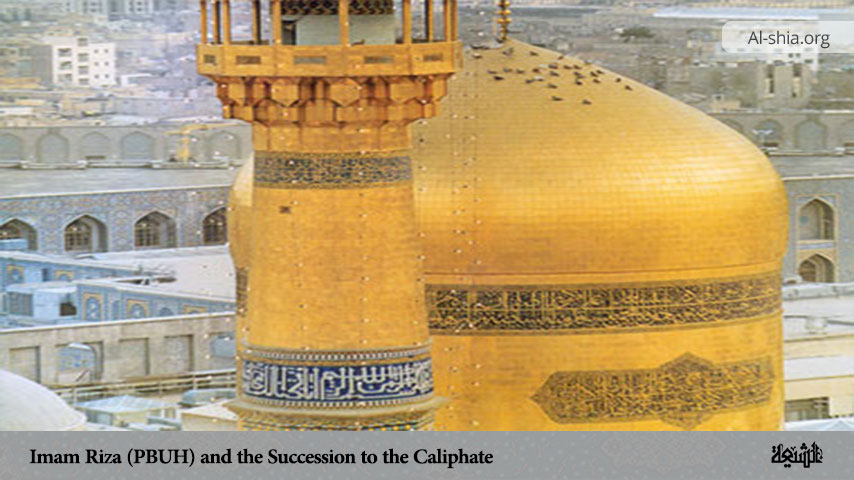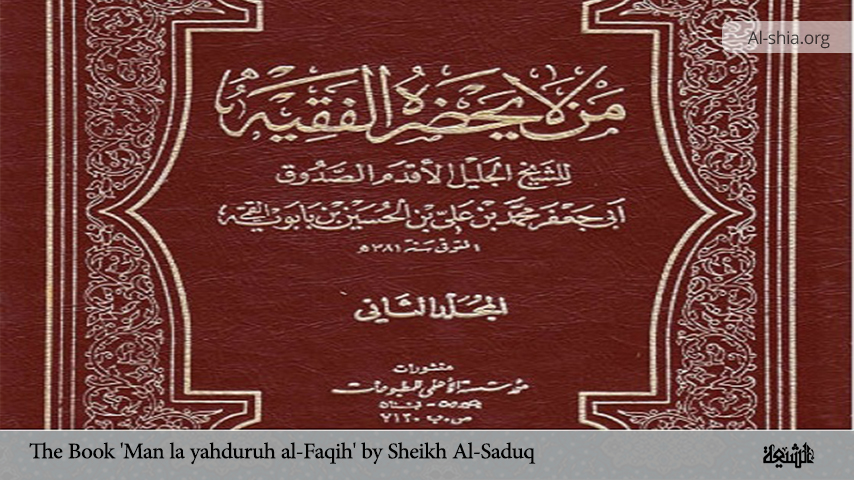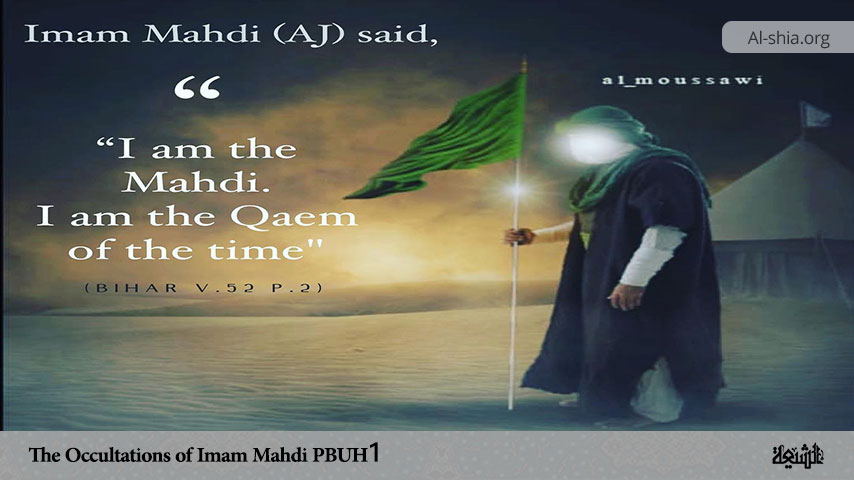Imam Riḍa (PBUH), the eighths Imam of Shias, is the progeny of Prophet Muhammad (PBUHH) and his eighth successor. His name is Ali, his title is Abu al-Hassan, and his most famous honorary name is al-Riḍa, meaning Satisfaction His father was Imam Musa al-Kazim (PBUH), the seventh Imam from the Prophet’s Household, who was martyred by Harūn, the Abbasid caliph, in 138 A.H. His mother was Najmah.
Imam Riḍa (PBUH) was born on the 11th of Dhul Qadah,148 A.H. in the holy city of Medina. His grandfather Imam Ja’far Al-Sadiq (PBUH) died one month before the birth of Imam Ridha’ (PBUH) The family must have been consoled by his birth which took place after such a great loss. He was brought up and instructed by his affectionate father under whose supervision he passed his boyhood and youth. He availed himself of the instructions of his learned father for thirty-one years, till later was taken to Baghdad to suffer the hardship of imprisonment for four years till his death.
Imam Riḍa (PBUH) was thirty-five years old when his father died in the prison of Harun al-Rashid in Baghdad and the responsibilities of the Imamate devolved on him. At that time Harun Al-Rashid was the absolute ruler of Baghdad and the descendants of Imam ‘Ali (as) were passing as ever, through trials and tribulations because of the tyranny of the Abbasid ruler. Yet Imam Riḍa (PBUH) carried on the responsibility of administering the Divine Law of Shari’a as taught by the Holy Prophet (PBUHH) and the Infallible Imams (PBUT) after him. Harun was incited to kill Imam Riḍa (PBUH) and finally, he made the decision to kill him but did not find the opportunity.
Before the death of Harun, there was political wrangling in Baghdad between the two sons of Harun, Amin and Ma’mun. His elder son Amin who had an Arab mother had the support of the Arabs and most of the Abbasid elders, while the younger son Ma’mun had a Persian mother and was supported by the Persians. To console both factions Harun took a pledge from both his sons that after his death Amin will rule the Arab part of the Empire while Ma’mun will rule the Persian side.
After Harun, his son, Amin became the caliph. At that period, the government was weakened because of Harun’s death. Amin was drowned in corruption, so he and his governors paid no attention to Imam and his followers. Therefore, this period was peaceful for Imam and his followers. In 193 A.H., a conflict took place between his two sons Amin and Ma’mun which later led to bloody wars and finally the assassination of Amin in 198 A.H.
Finally, Ma’mun became the caliph. He suppressed the rebellions and gained control of all the Islamic territory. He gave the leadership of Iraq to one of his agents and himself settled in Merv. He then chose Faḍl ibn al-Sahl, who was an experienced politician, as his minister and counsellor. But the Alawid people were a threat to his government. After suffering torture, murder and plunder for a century, they had found the opportunity for division in government: any chance they got, secretly or openly, they opposed Ma’mun and wished to overthrow the Abbasid government. In addition, they were successful in attracting general public opinion and gaining Muslims’ support. That was why whenever the Alawid people rose in revolt against the Abbasid dynasty, lots of people from any social class answered their call because people, especially Shias, had suffered great losses and painful tortures from the Abbasid Caliphate.
Ma’mun realized that the majority of Persians favoured the teachings of Ahl al-Bayt and if somehow, he could persuade the Imam of the Ahl al-Bayt in Medina to be by his side, he could confirm his rule there. Thus, Ma’mun sent some of his special agents to Imam Riḍa (PBUH) in Medina to force him to leave his home in Medina and go to the Abbasid ruler in faraway Tus. Thus, the Imam, as if by some miracle knew what was to come, he left his wife and only son Muhammad Ibn ‘Ali al-Jawad in Medina.
Imam Riḍa (PBUH) also invited many elders of Medina mostly from Banu Hashim and told them of his call to go to the outpost of the Empire to see Ma’mun. The date of his departure was in the month of Rajab 200 Hijrah. It was a long journey to Merve and the Imam set out on this momentous journey with some of his friends who were loyal to him throughout his life.
His journey began from Medina to Mecca where he performed the lesser pilgrimage (i.e., Umra), then he took almost the same route as Imam Husain (PBUH) took in 61 Hijrah towards Karbala’. Halfway through the hills of Hejaz when he crossed over to the desert of Najd, his route changed to that of Imam Husain (PBUH) and his caravan moved towards the eastern side and reached the town of Basra in the month of Shawwal (the tenth Hijrah month).
From Basra, he crossed over the Shatt-al-Arab and reached the Persian soil heading towards the town of Qum. It was in the month of Dhul Hijjah that he reached Qum where he stayed for a while. In the month of Muharram, the eighth Imam spent in Qum where it is said that he established for the first time a Majlis to commemorate the martyrdom of Imam Husain (PBUH).
This was the first Muharram in 201 Hijrah that set the tradition of Majlis, beginning in Persia the way the Imams of Ahl al-Bayt had wanted it and the way it was observed in Medina and Mecca and throughout the province of Hejaz and Najd and to some extent in Iraq where people thronged for pilgrimage to the Shrine of Imam Husain (PBUH). After spending the Month of Muharram in Qum, the Imam proceeded towards the northern part of Persia crossing the Alburz mountains to the town of Merv where Ma’mun had settled with his army to secure his empire for him.
On his arrival in Merv, Mamun welcomed him with great ceremony and pomp. Mamun treated the Imam with great honour. It is mentioned by various historians, both of Shia and Sunni schools of thought, that when Ma’mun initially offered the Imam his throne, the Imam declined the offer firmly and resolutely. After several attempts to bring the Imam to accept the offer failed, Ma’mun told him to accept the offer of being his heir-apparent to succeed him after Ma’mun’s death.
Imam replied to this offer, “I will accept this to console you, but this will never happen for I will leave this world before you.” Once Ma’mun achieved his desire to get the consent of the Imam as his successor, he declared this openly to all in order to see the reaction of the Abbasid clan who was favouring his half-brother Amin.
According to Yakubi, it was on the 27th of Ramadan, in the year 201 Hijrah that the Imam was officially designated as Mamun’s “heir- apparent,” (Wali’ ahd,) and the Imam’s name was included with his own on gold and silver coins. The inscription on these coins is well worthy of notice: “The King of God and the faith, Al-Ma’mun, Amir and Khalifa of the faithful, and al-Riḍa, the Imam of the Muslims.”
He then announced to those he had summoned, that he had carefully considered all the descendants of Abbas and also the descendants of ‘Ali, and that he had not found in his search anyone more worthy or fitter to be his successor than ‘Ali al-Riḍa. He, therefore, took him by the hand and publicly acknowledged him as his successor (Kulayni).
Once this story of succession was announced Ma’mun’s political ambition was achieved, as he has secured the help of the Persians fully behind him and he considered himself the sole ruler of the Abbasid Empire. However, Ma’mun was still not secure on his throne, as the Arab party who sided with Amin, never liked the appointment of Imam ‘Ali al- Riḍa (PBUH) as the successor of Ma’mun, no matter how dubious it looked to them on the face of it.
While Imam Riḍa was with Mamun in Merv, his Prime Minister Fadl ibn Sahl arranged a conference on religions to which he invited the leaders of different sects, including Zoroastrians, Christians and Jews, that they might hear what the Imam of the Ahl al-Bayt had to say to impress them of their spiritual abilities and excellences. It was in these discussions with leaders of other faiths that the Imam clarified the position of the sinlessness of the Prophets and of the guided Imams. These conferences were so successful that at one stage Mamun was fearful of the increasing influences of the Imam on the people as a whole.
Finally, the Imam Riḍa was martyred by Ma’mun on the last day of Safar 203 at the age of 55 and he was buried in Tūs (Mashad). His Holy Shrine becomes a famous point of pilgrimage for the Shia worldwide. May the peace and blessings of Allah be upon the noble souls of Prophet Muhammad and his pure Household.

















